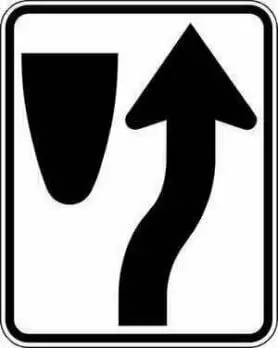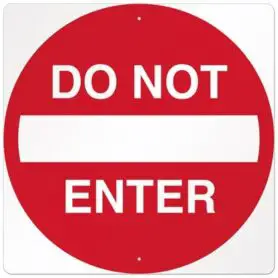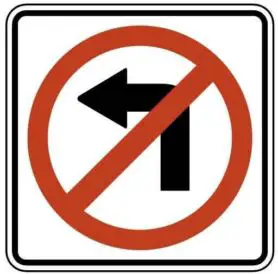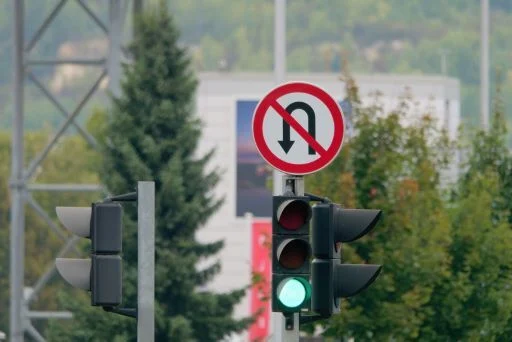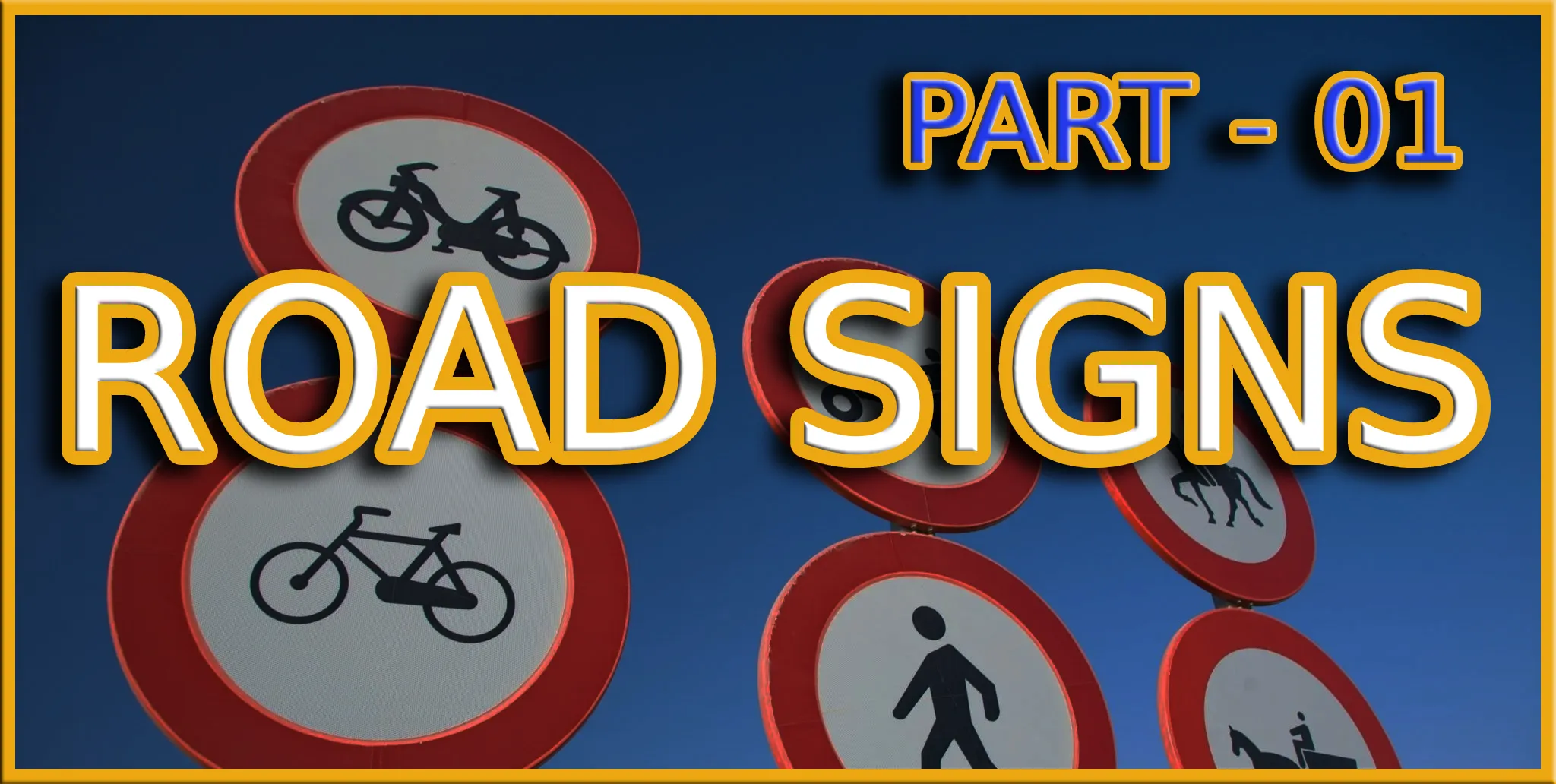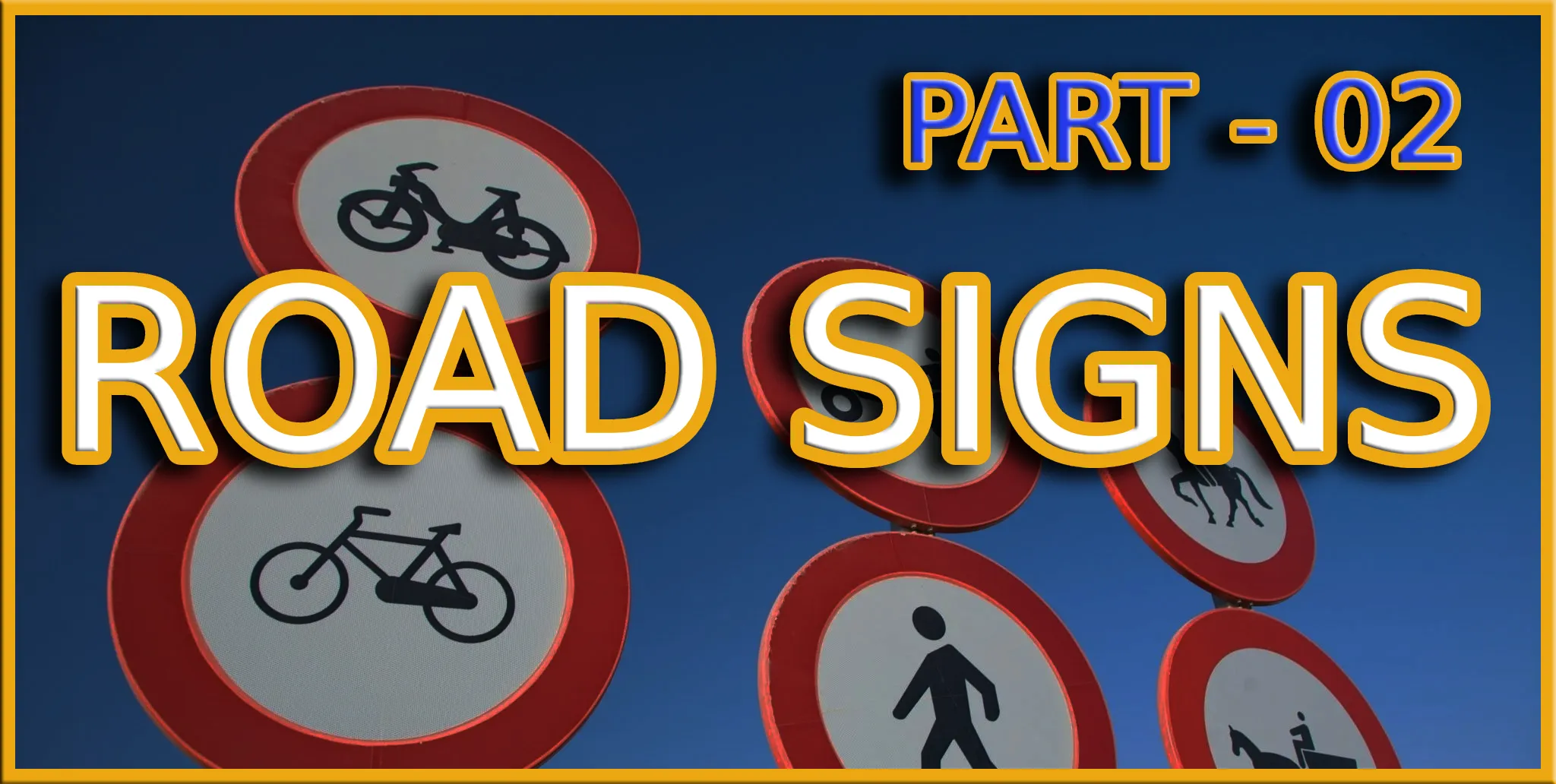One Way Sign
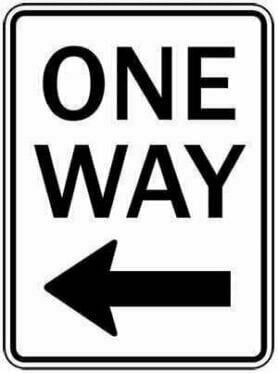
What Does One-Way Sign Mean?
A “One-Way” sign is a regulatory traffic sign designed to indicate that traffic must only travel in one direction on a particular street or roadway.
Characteristics:
- Shape: Typically rectangular with a white background and a black arrow pointing in the direction of allowed travel.
- Symbol: Black arrow indicating the permitted direction of travel.
- Placement: Positioned at the beginning of one-way streets or sections of road to inform drivers of the travel direction.
Purpose:
- To direct traffic flow and ensure that vehicles travel in a single direction on specific streets or roadways.
- To prevent head-on collisions by clearly marking the direction of travel.
- To enhance overall safety by reducing confusion and maintaining orderly traffic flow.
Remember:
- This sign indicates that you must travel only in the direction of the arrow.
- Follow the sign to avoid entering streets or areas where one-way travel is enforced.
- Ignoring this sign can result in accidents and traffic citations.

